- Joined
- Oct 10, 2008
- Messages
- 245
- Reaction score
- 5
Dover really is an amazing place. The port there never sleeps, and it is riddled with tunnels, fortifications and deep shelters. The fort - which we explored only a small part of - is quite literally massive. Take a look at the size of these moats. We saw just a small part of what Dover has to offer, and there are other forts, tunnels shelters and God knows what else there.
Anyway, on with the pictures. Our first exploration was a part of the fort above. This, I believe, was built to fend off against the possibility of a French invasion. I'm not sure when it was decommissioned, but I suspect it was after the second world war, suggested by some later concrete additions.
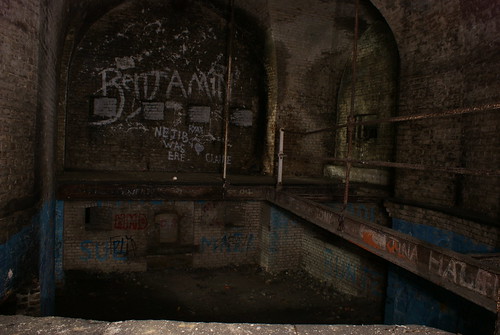
The remains of a drawbridge:
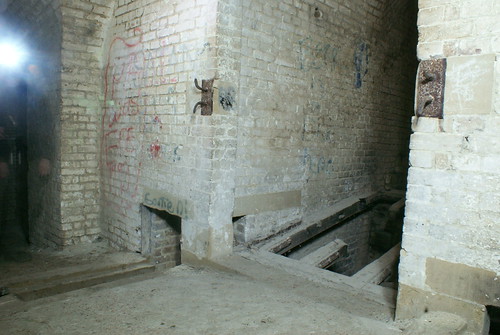
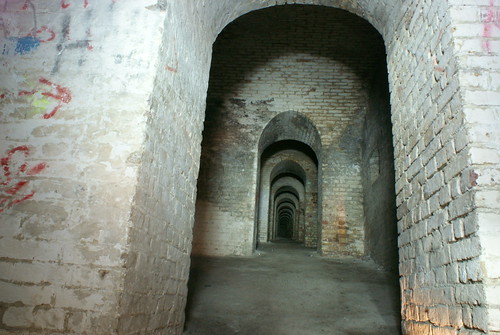
Next, we have St. Martins Deep Shelter. I believe this predates the war, and it was a military shelter rather than one for the general public.
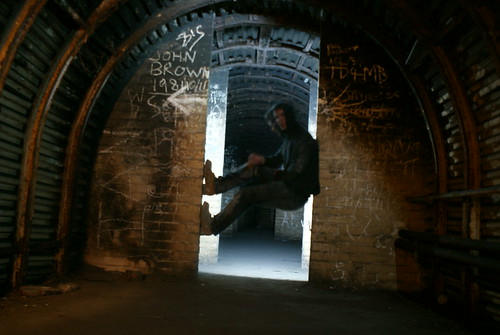
A collaspsed section, seemingly caused by cretins and fire.
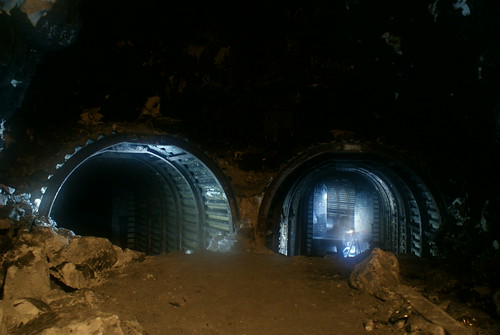
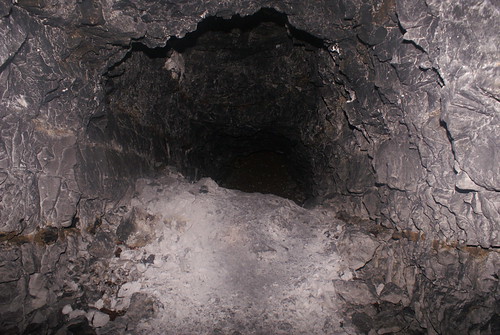
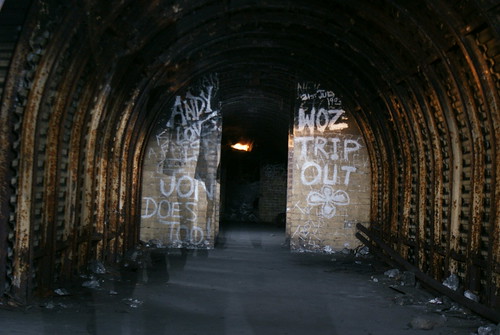
After that, we went for a walk over the White Cliffs to Langdon Searchlight Battery, which was built around the turn of the 20th century to monitor shipping in the area. It served through two world wars, yet it now lies sadly rotting, with the metal shutters rusting to nothing and a cliff fall taking out one of the three emplacements.
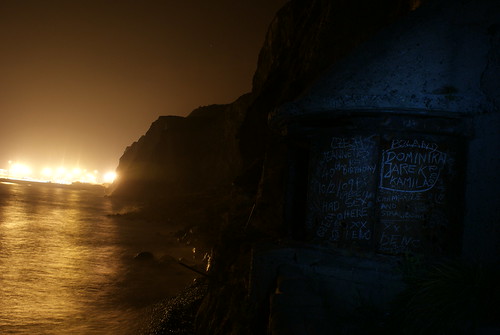

The cliff fall:
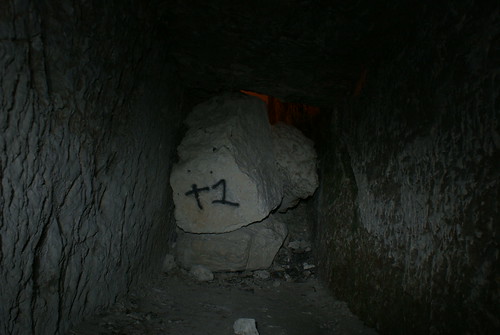
Next is St. Margaret's Deep Shelter. Again, this was built for the gun battery that sat above, and was not a public shelter.
Strangely, it has an unlined section; not something I've seen in air raid shelters before.
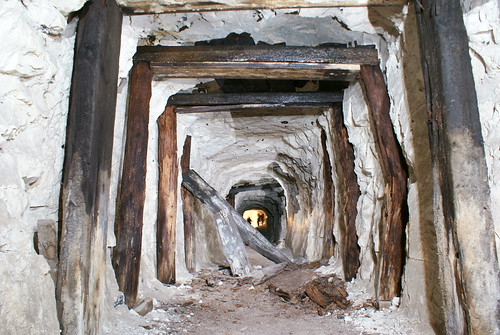
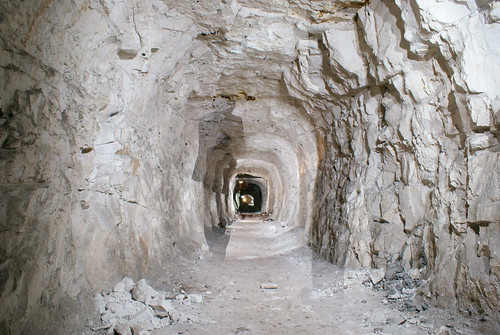
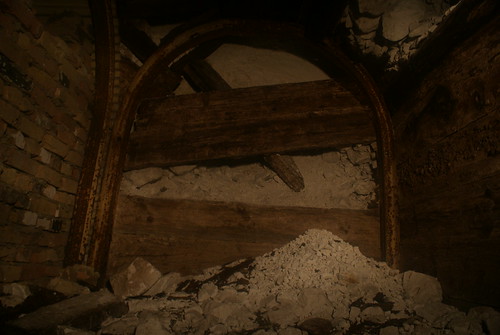

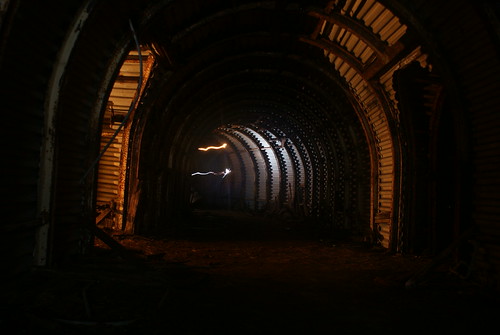
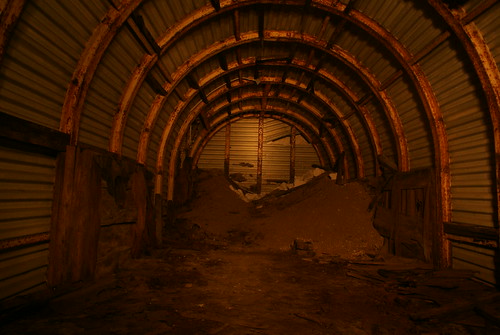
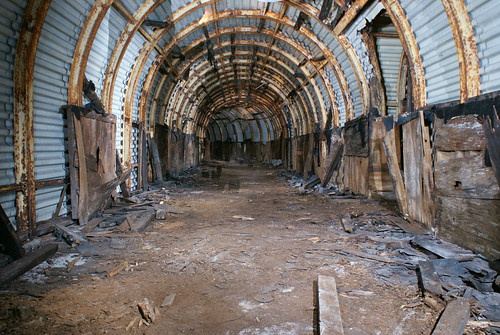
It's so hot and stuffy down there, my filter fogged up. I removed that, and the lens fogged up too. I need to remember my cloth.
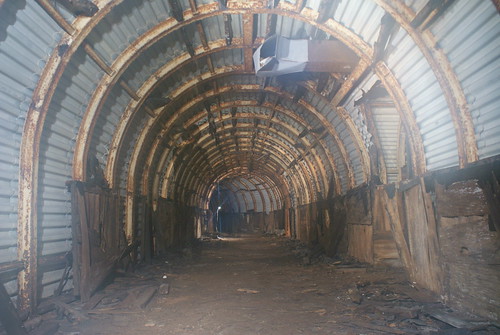
Finally, we visited the Oil Mills. These were built in the early ninteenth century to store whale blubber. We weren't in there for very long, and I only managed to get about two photographs.

The former entrance:
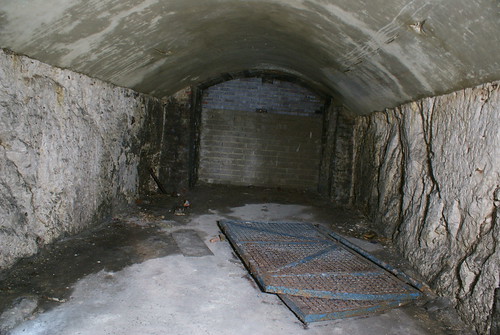
I apologise for the appalling quality of my photographs. My tripod is getting rather wonky now - hence the awful angles, and I was spending more time exploring than I was photographing. I find it annoying when you travel to a really interesting place and come back with really uninspired, flat photographs.
Anyway, on with the pictures. Our first exploration was a part of the fort above. This, I believe, was built to fend off against the possibility of a French invasion. I'm not sure when it was decommissioned, but I suspect it was after the second world war, suggested by some later concrete additions.

The remains of a drawbridge:


Next, we have St. Martins Deep Shelter. I believe this predates the war, and it was a military shelter rather than one for the general public.

A collaspsed section, seemingly caused by cretins and fire.



After that, we went for a walk over the White Cliffs to Langdon Searchlight Battery, which was built around the turn of the 20th century to monitor shipping in the area. It served through two world wars, yet it now lies sadly rotting, with the metal shutters rusting to nothing and a cliff fall taking out one of the three emplacements.


The cliff fall:

Next is St. Margaret's Deep Shelter. Again, this was built for the gun battery that sat above, and was not a public shelter.
Strangely, it has an unlined section; not something I've seen in air raid shelters before.







It's so hot and stuffy down there, my filter fogged up. I removed that, and the lens fogged up too. I need to remember my cloth.

Finally, we visited the Oil Mills. These were built in the early ninteenth century to store whale blubber. We weren't in there for very long, and I only managed to get about two photographs.

The former entrance:

I apologise for the appalling quality of my photographs. My tripod is getting rather wonky now - hence the awful angles, and I was spending more time exploring than I was photographing. I find it annoying when you travel to a really interesting place and come back with really uninspired, flat photographs.


































